WWF (previously « World Wild life Fund ») is one of the world’s largest conservation Non profit organisations.
It was conceived on the 29th April 1961 in Switzerland, and since its creation, WWF has invested around US$11.5 billion in more than 13,000 projects.
Its mission is « to stop the degradation of the planet’s natural environment and to build a future in which humans live in harmony with nature, by:
- conserving the world’s biological diversity
- ensuring that the use of renewable natural resources is sustainable
- promoting the reduction of pollution and wasteful consumption. »
In numbers, WWF represents :
WWFs’ philosophy is built on dialogue: this orientation is made clear in its communication strategy. This leading organization is extremely powerful, and is famous for its cheeky communication campaigns and efficient marketing strategies. This reputation is acknowledged by the statistics available on the record (hourly updated) of the organization supporter numbers on key social media channels.
WWF online presence in numbers
13,395,894 Facebook Pages Like
5,755,144 Twitter Followers
48,281,913 YouTube
WWF marketing strategy is so successful that we could not afford, not to analyse it. The organization of course makes use of the printed media, but its actions online are so characteristic and significant that we decided to focus on them.
How is their online presence manifested?
WWF uses Internet to communicate about the events, the partnerships, to illustrate projects, to increase public awareness about the organisation, and to create public debate. To do so, WWF communication service dedicate 18% of its budget to the online media tools. They focus their efforts on their own website (owned media), but also on their social media account (earned media), and on the communication campaign they implement (paid media)
Own website management
WWF has a global website, and one for each country it has volunteers in. Despite the large amount of website to manage, WWF succeeded in keeping a consistent presentation and design across the different websites.
The websites are complete enough to provide all the needed information to all the eventual company stakeholders, and most of the website design evaluation criteria are respected. However, there might be too much such tabs on the webpages, confusing thus the non-regular visitors of the website
Social Media account management
WWF is present on the key social media: Facebook, Tweeter, Google+, YouTube, Snapchat, LinkedIn,…
The variety of social media WWF is using allow the organisation to target its audience and to adapt the message content: when using Snapchat or Facebook, WWF targets mostly connected and young people for example, as the organization recognized a need for educating the younger generation on wildlife and environmental concern.
The social media accounts are intensively used: there are posts about wildlife and WWF actions almost everyday on Facebook. It is a very efficient way to engage a debate among visitors and fans of the page.
However, the social media presence of WWF is not uniform worldwide: WWF France does not use Snapchat for example, which may be seen as a lack to reach the Y and Z generation.
In its campaign, WWF uses of course these online medias. There are several ways it can reach the public:
- by maintaining its website up to date
- by using its online social media accounts
- by promoting online events that will take place offline
- by making videos runs
- by putting online its offline communication campaign
What are the WWF campaigns main characteristics?
WWF online communication campaigns are very characteristics, and all bear a trademark.
WWF is very well known for its bold communication campaigns. One of the organization’s characteristic is therefor to adopt an extremely provocative
discourse.
The organization arise the audience awareness and interest either by showing disrupting images, to choc the public and engage a cognitive process about environment issues
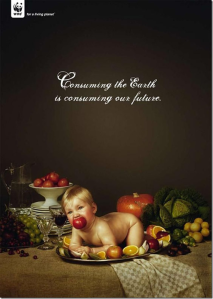
WWF uses also often a provocative or ironic discourse: the organization addresses the narcissism and self-centrism of its targeted audience.
This method is obvious in the ads WWF created for its 50th anniversary
The ad is here extremely chocking, because the headline does not match the public’s expectation concerning what a charity ad should look like, and appears to be comfort-oriented. It engages a process in the public’s mind, who will remember the ad (which will impact its future behaviour), and realize how egoists its preoccupations are.
This demarche is characteristic of a guerrilla marketing strategy: this strategy, designed for organizations who want to minimize their advertising budget, bet on unconventionality and imagination to catch the public’s attention in a more personal and memorable level.
This method is also significant in the ‘Don”t let this be my #lastSelfie’ campaign”
This campaign, targeting connected and Y generation members, used the Snapchat media. The concept was to send 10 seconds Snapchat of the 5 menaced species supported by WWF: gorilla, tiger, polar bear, panda, and orang-utan.
The campaign which ran in Turkey and Denmark, was designed as a provocative way to remind to the youngest that these species are still under danger. By using this media, WWF showed how well the organization knew its target: the Y generation is indeed more sensitive to visual message than to written ones, and its members are keen users of Snapchat. The provocation lies in the fact that Selfies are archetypes of narcissism: it underlines how superficial are everyday life preoccupation compared to the issue.
The medium has here been especially carefully chosen : there is indeed an adequation between the media used and the message of the campaign. The SnapChat form itself, despite beeing a practical and cheap communication tool, illustrates how quickly endangered species can vanish from existence. The use of SnapChat provokes then a reflexion on the audience side.
WWF campaigns are also consistent in the fact that they systematically engage a debate.
The debate can be engaged first because of the provocative aspect of the campaigns that were describes above.
Some campaigns are also designed with the only purpose to engage a debate with the audience on thematic and concrete issues.
The #CaféPanda campaign for exemple, was organized in France to mark the opening of the COP21Conference. This campaign is designed as a challenge to engage students in protection of nature. The mediatic support is hybrid, as the challenge takes place both online and offline: the programm includes tweet battles, live conference, but also field engagement.
WWF campaigns are at last all very operational: they are symptomatic of an aesthetic mastery and of a strategic use of the online media possibilities.
The campaigns are designed to be both efficient and effective: while seeing a heart-rending video, the audience can click on a call to action button to donate directly. The emotion generated by the testimony delivered, and the aesthetic high quality of the video is immediately exploited, and the consumer can follow his or her impulsion.
The effort the audience has to provide to donate is therefor minimised, which helps to remove a barricade to generosity.
The “all connected” video campaign is a good representative of this operational use of the media.
Marketing strategy efficiency
WWF has a very distinctive marketing strategy. To what extent can we say it is an efficient one ?
Charities social communication best practices were identified by Perri Robinson in 2014
According to his criterias, WWF deserves the best grade.
1)The organization need to know its audience
By using SnapChat to engage a dialogue with generation Y and Z members, WWF showed how well it knew its target public
2)Strategic partnerships have to be built
WWF did not hesitate to engage in partnerships with large companies to create brand awareness and create revenues.
3)The organisation must create a buzz.
By using guerrilla marketing strategy and provocative communications, WWF has no difficulties creating a buzz around its cause.
4)It is important to reward commitment
Here again, WWF fulfill the requirement. On the organization website, we can read
« Through a range of awards, WWF seeks to recognize the individuals who make a significant personal contribution to the conservation of the natural world and sustainable development. WWF publicly celebrates these individuals and their achievements to profile their environmental leadership and the inspiring example they show to others »
The application of these good practices explains why WWF is French people preferred nature conservation association. This strategy can therefore be considered as valid.
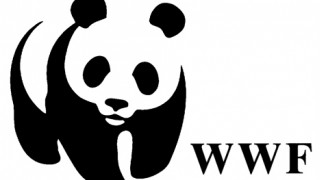
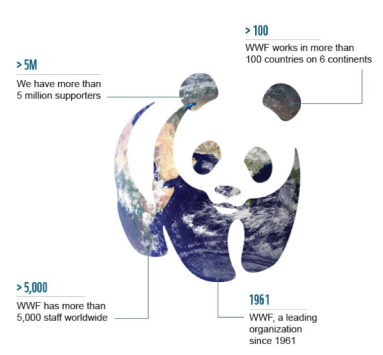


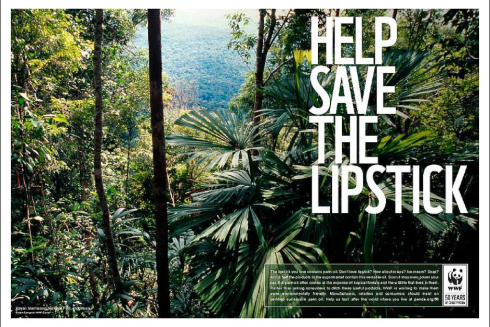

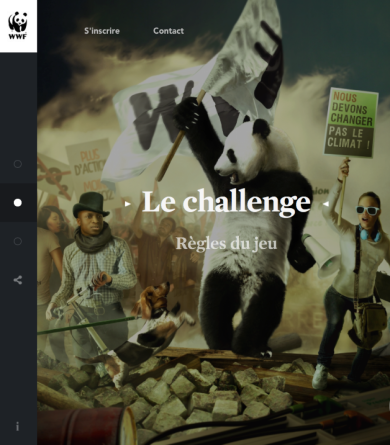
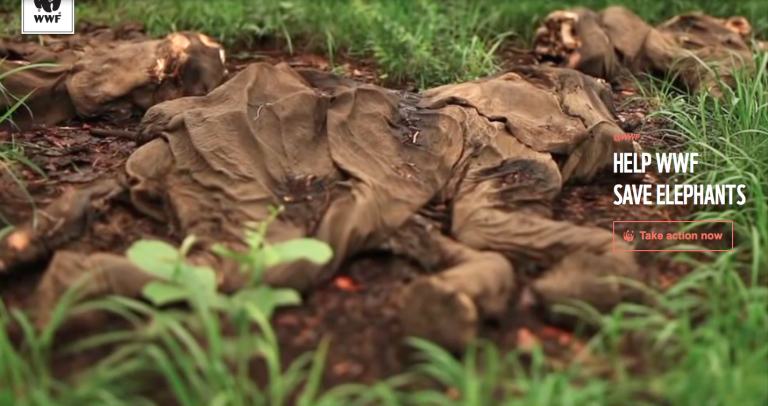
It was really an interesting article ! I was not aware of the “last selfie” campaign and i have to admit it is a good idea.
The subject of your blog is also interesting, so i’ll keep the link by.
LikeLiked by 1 person